Protect your property’s value and safety with Roofing Services in Isleworth—your first line of defence against leaks, damp, weathering, and energy loss. Serving London and the Home Counties (Kent, Surrey, West Sussex, Berkshire), every project is delivered with strict compliance, local knowledge, and a focus on long-lasting results.
With decades of hands-on experience, Which Trusted Trader and CITB accreditations, and materials like Welsh Slate, ALM Lead, and Kemper, we deliver certified quality every time. Book a free survey today and protect your property.

Ignoring a damaged or ageing roof can lead to leaks that cause damp, insulation failure resulting in energy loss, and gradual structural issues. Delaying action always escalates costs and risks for any property owner.

Professional Roofing Services in Isleworth resolve these risks, improving weather protection, energy performance, and compliance with building regulations. Homeowners enjoy peace of mind, landlords secure long-term value, and businesses ensure safety and efficiency. Proactive roofing care is a secure investment no matter the property.
Roofing Services in Isleworth spans installations, repairs, upgrades, and restorations for homes, businesses, and heritage properties. We emphasise long-term performance, compliance with Building Regulations, and the use of high-quality materials from trusted suppliers. Each service is tailored to suit your property type and delivered with safety, durability, and care.
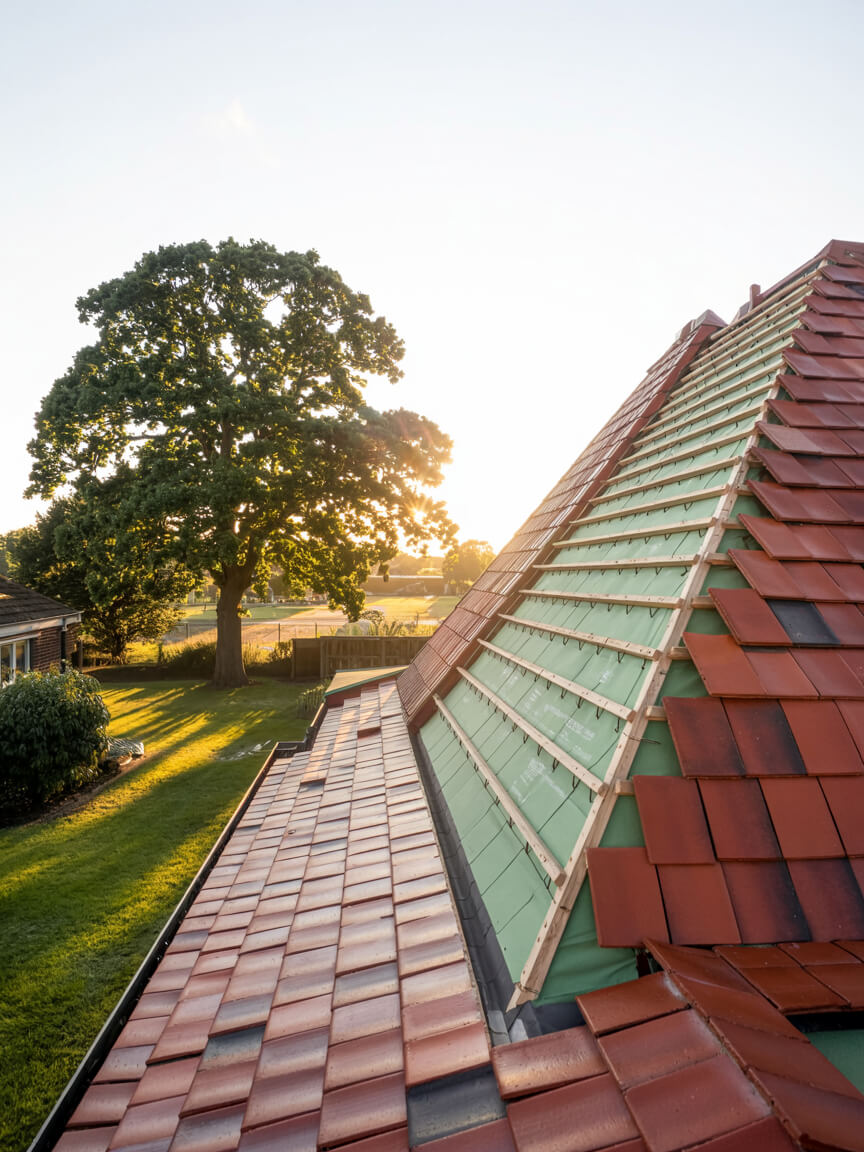
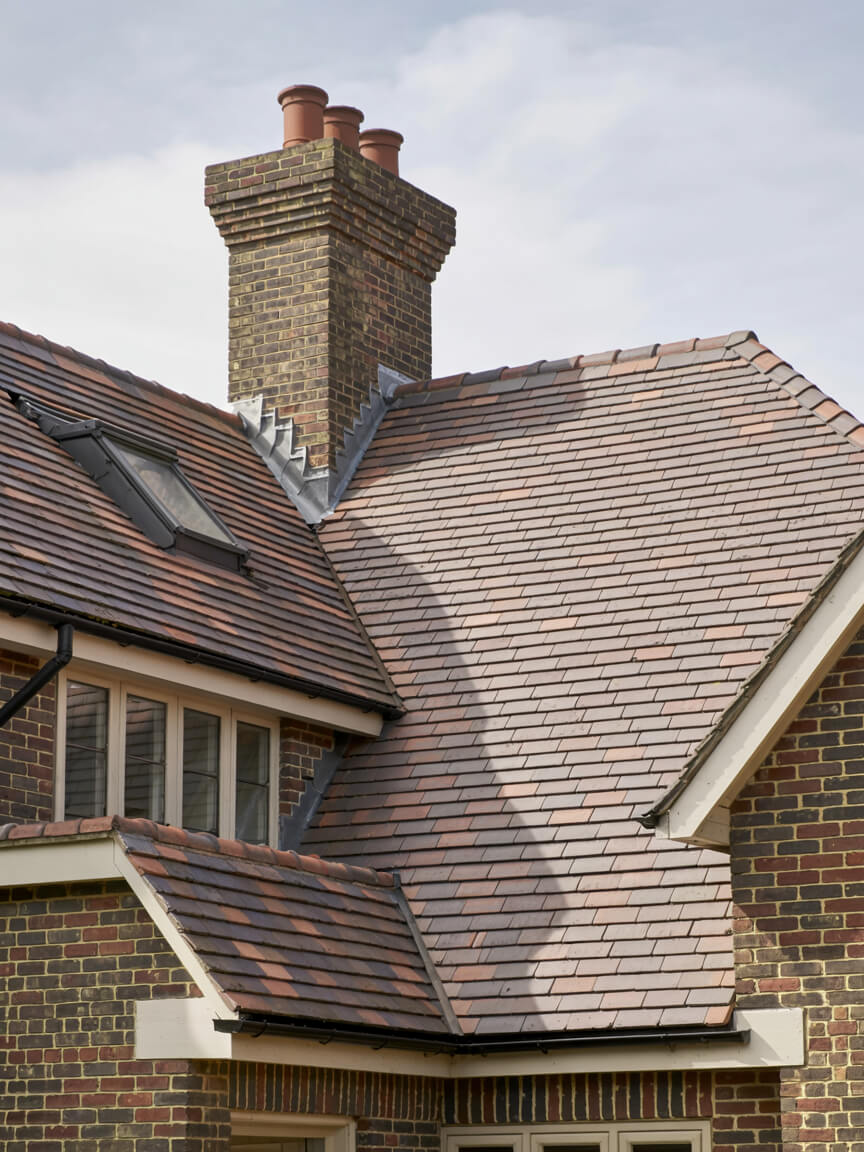
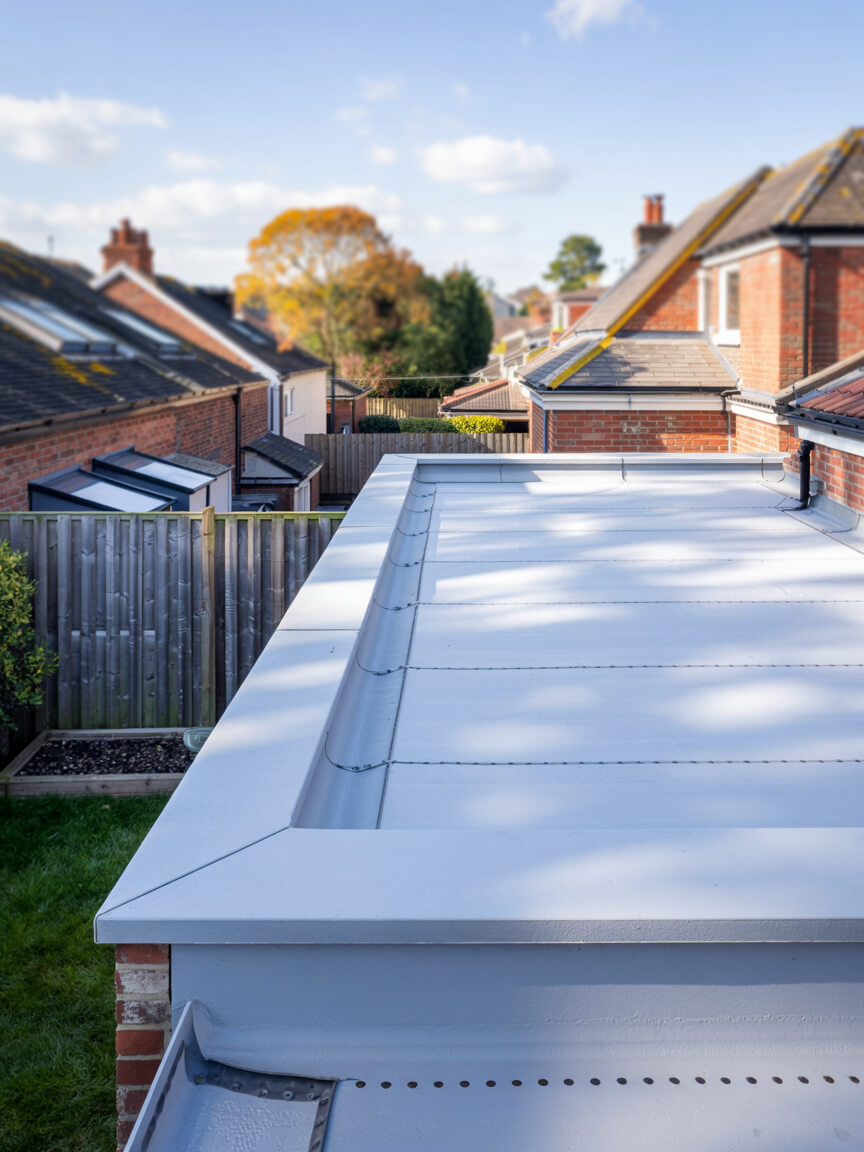
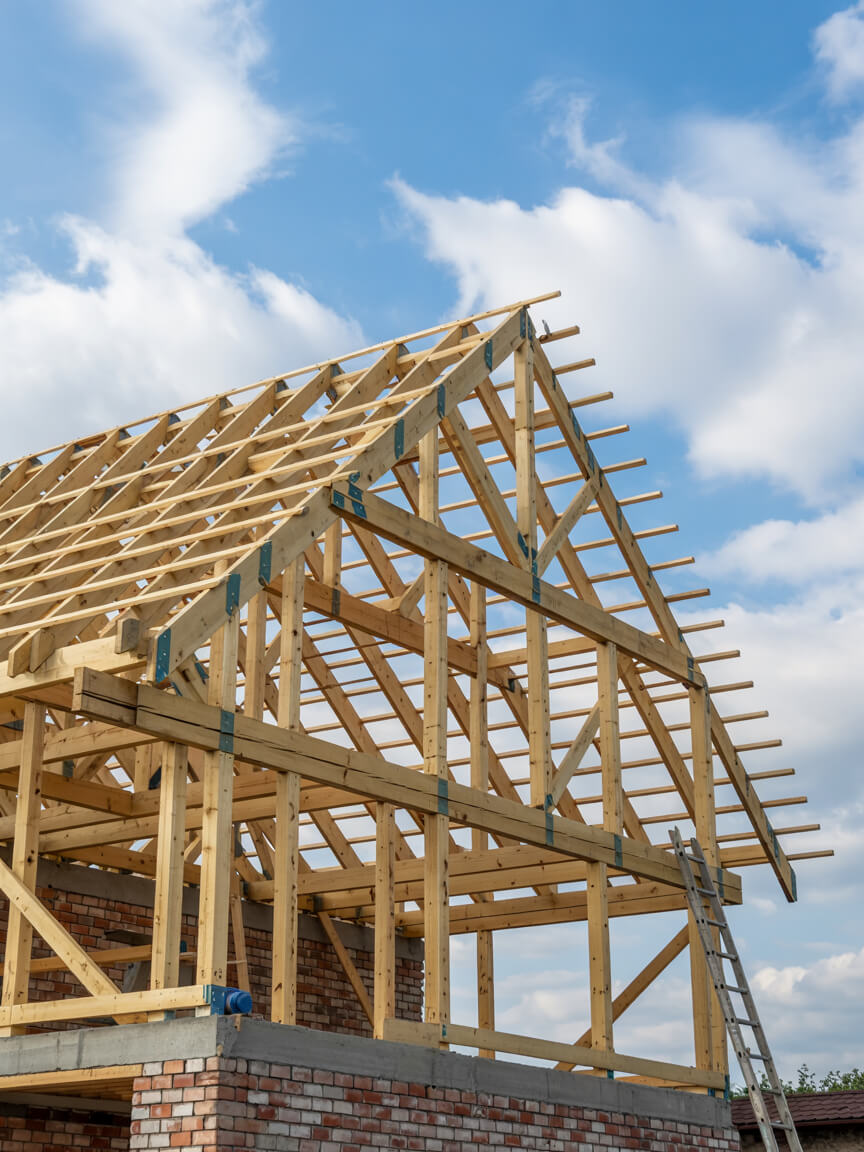
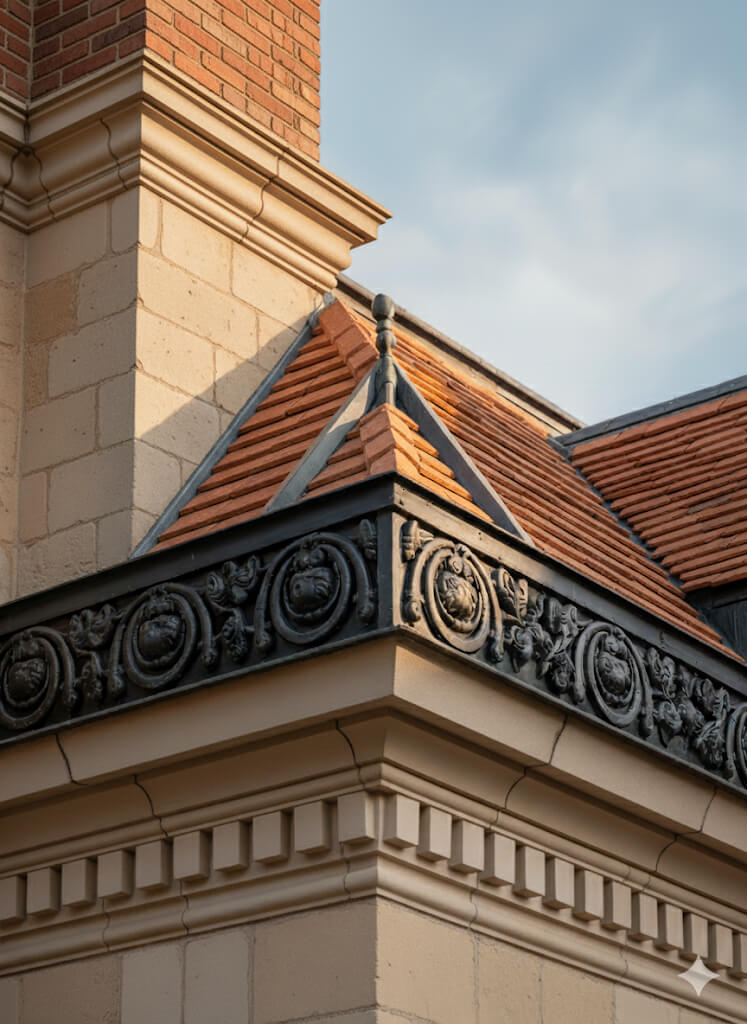
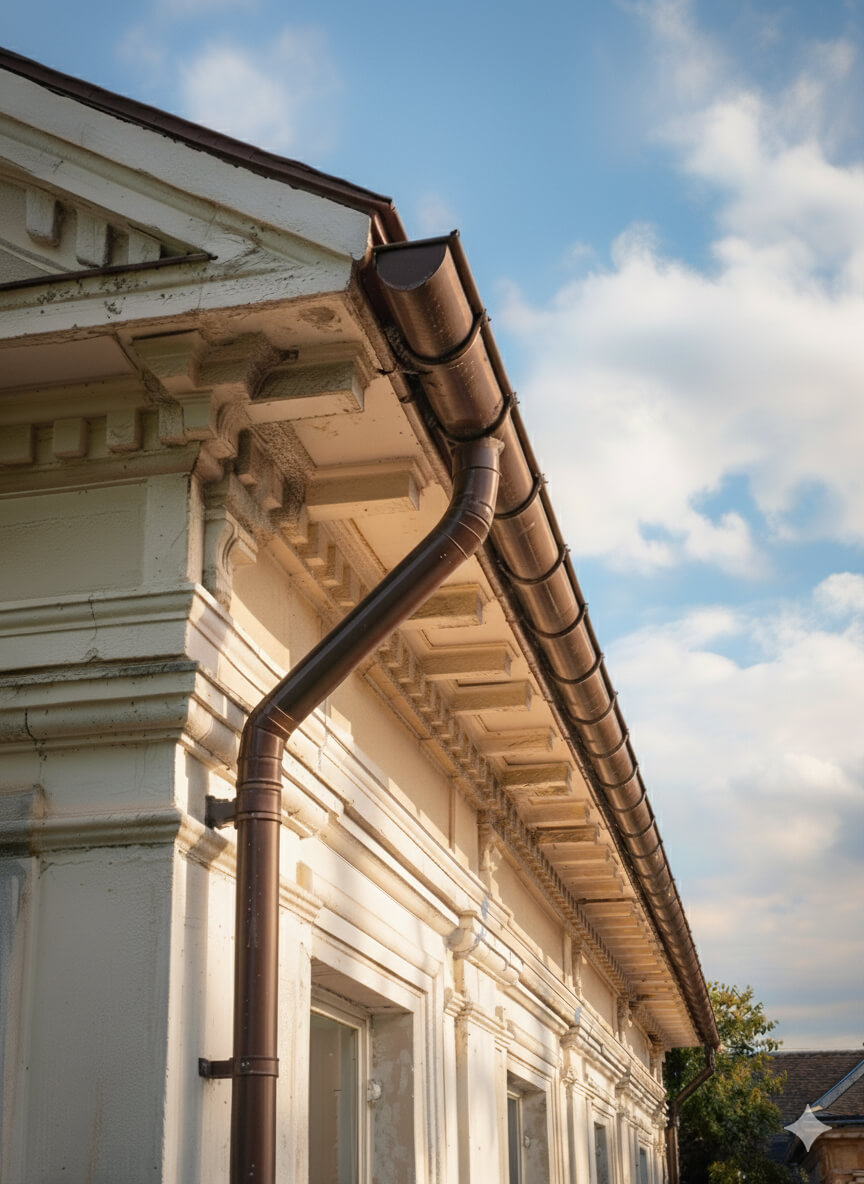

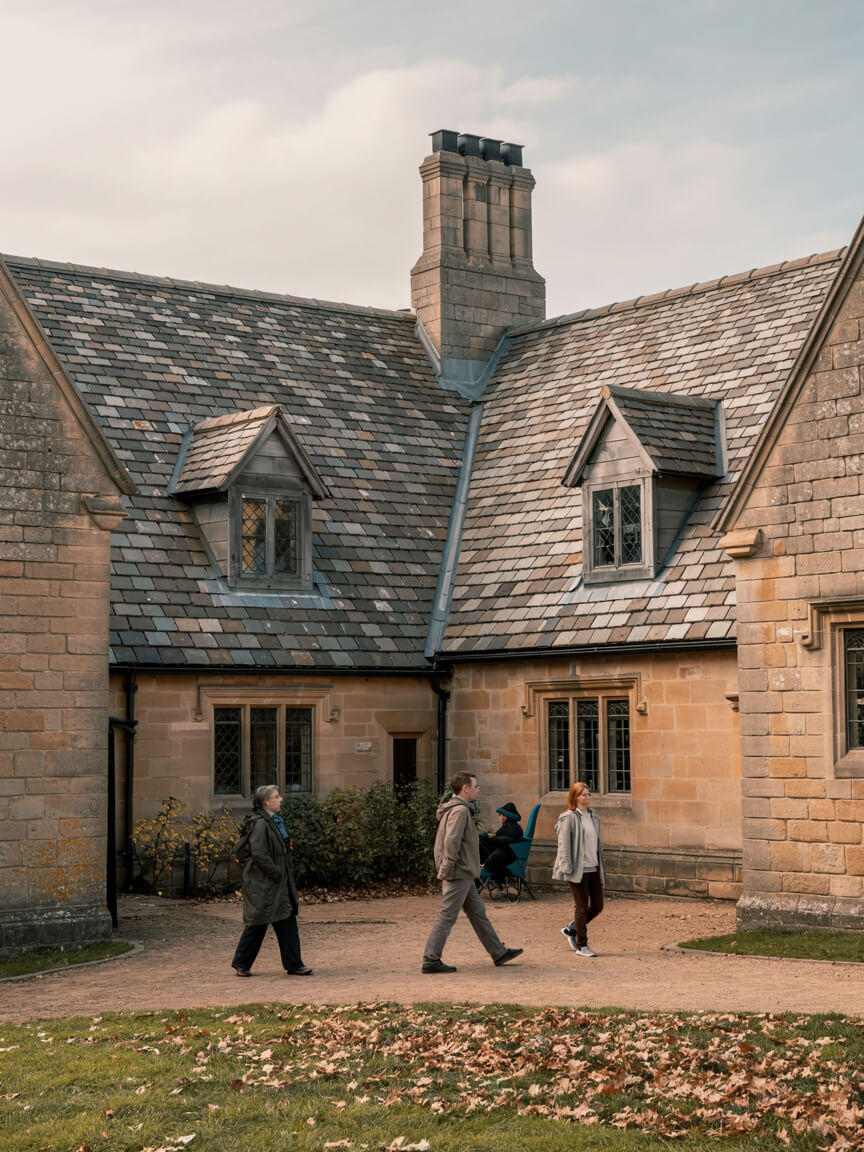
Every Roofing Services in Isleworth project is adapted to property type, roof structure, and environmental demands. Tailoring ensures compliance with regulations, minimises disruption, and maximises long-term value. From homes and businesses to industrial sites and listed heritage buildings, our flexible approach guarantees roofing solutions that meet unique needs while delivering safety, efficiency, and reliability.
Homes, extensions, and listed buildings.
Offices, retail, schools, and hospitality.
Warehouses, factories, and logistics sites.
Every Roofing Services in Isleworth project follows proven steps with quality materials. Whether a new installation, upgrade, or repair, each layer adds durability, safety, and efficiency—tailored to protect your property and meet regulatory standards.
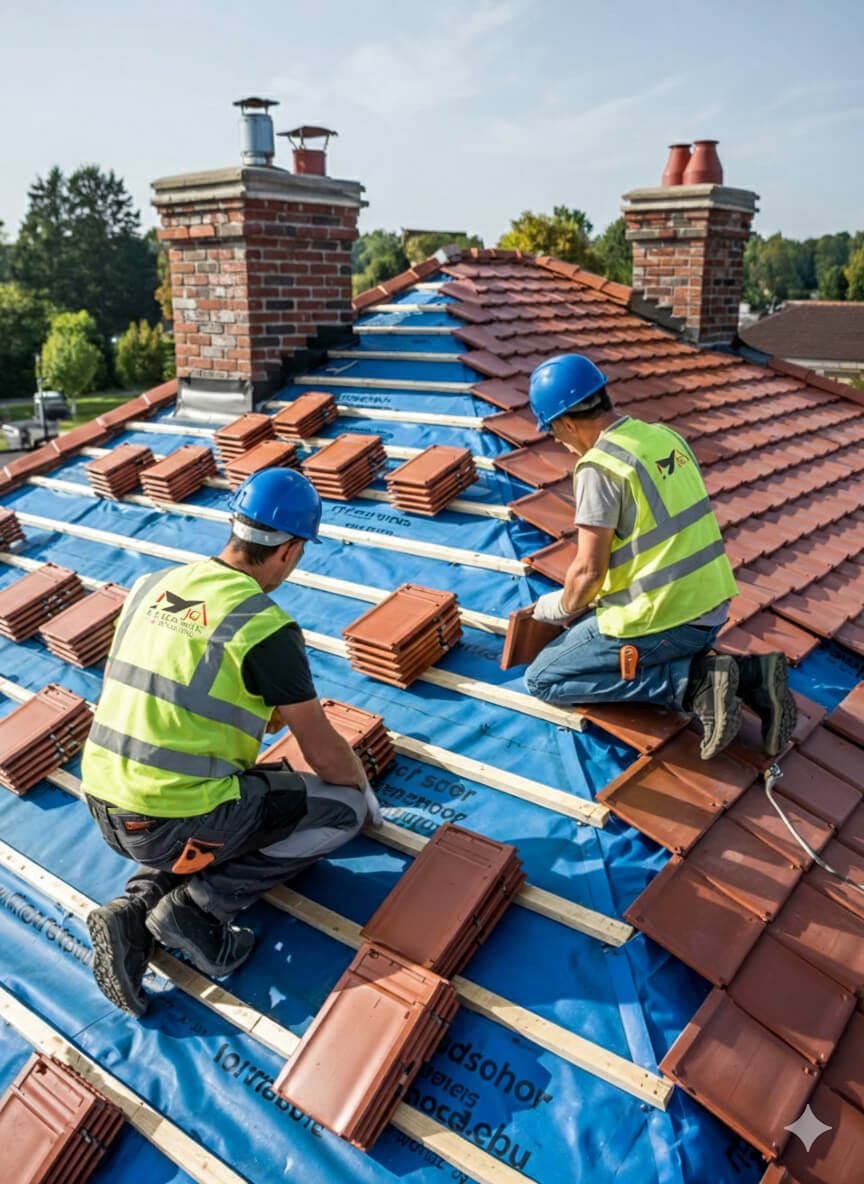
Get a free, no-obligation quote today.
Our experts are standing by to help you choose the perfect flat roofing solution.
⏱ Response within 24 hours guaranteed
Accredited by Which Trusted Trader, CITB, and approved by Kemper and Westwood, our team delivers safe, compliant, and warranty-protected Roofing Services in Isleworth projects. These credentials mean guaranteed standards and long-term assurance—reinforced by the positive client reviews that consistently highlight quality, professionalism, and trust.


Complete reroofing. Living in Singapore at the time and T was super responsive and communicative.
Replacement of lead box gutter and new flashing to parapet wall. I had an excellent experience using James and the team. He was very prompt in all aspects of communication and completed a first class job. Really pleased.
James completed some repairs on our roof and replaced some of our pebble dash by the roof as well. He was very thorough and fixed everything. He kept us really informed by taking photos and showing us what he did and keeping us updated. It also went onto our neighbours roof and he did the same fo...
We had a leak in our bedroom and James fixed the roof for us to stop it from leaking. All the work came with a warranty. The work that was carried out was good. James and his team were polite, and did all the work quickly and without too much interruption to our day-to-day lives. Would recommend ...
J G Leadworks have repaired and replaced the roofs and gulleys over our warehouse and workshops which have meant both areas are now watertight
James and team were incredibly responsive to my request to look at a serious leak issue on my flat roof. They did a very thorough investigation and explained in detail the issue and gave a fair quote. They were quick to book in and complete the work and have checked in afterwards a few times to m...
James was quick to respond to the initial contact and was able to work around some time constraints I had. He explained what needed doing clearly and was happy to answer follow up questions. He took pictures to show each stage and I feel confident in the work that was done by James and the team. ...
JG Roofing were very easy to work with. Their quote was sensible and they stuck to that figure. They completed many repairs to my roof including, rebuilding a leaded gutter, reinforcing rotten rafters, rebuilding a long felted gutter and felting parapet walls, resurfacing and felting a flat roof,...
Planning and legal checks protect clients from costly errors, delays, and non-compliance, ensuring roofing projects meet regulatory and safety requirements.
Permission is typically required for listed properties, conservation areas, or major roof alterations. All projects must also satisfy Building Regulations, including Part A (structural safety) and Part L (energy efficiency), ensuring compliant and future-proofed installations.
Our team manages the full process, from initial surveys to legal guidance, preparing documentation, and liaising with local authorities where needed. Whether working on modern homes or heritage sites, we ensure every project is delivered legally, safely, and with minimal disruption—providing complete reassurance and peace of mind to property owners.

Every project unites skilled workmanship with rigorously tested materials.
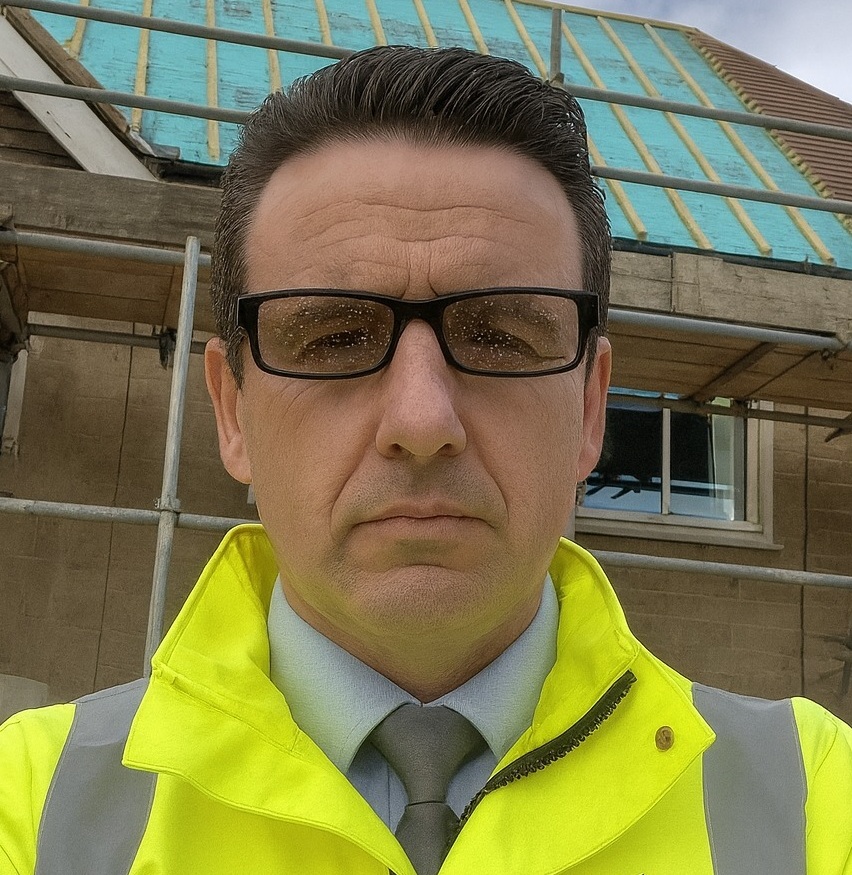
With 25 years of experience in lead sheet roofing, James is a trusted expert in heritage roofing, slate, and tiling. His knowledge of traditional methods, paired with modern compliance, makes him a go-to specialist for projects that demand both craftsmanship and durability.
Roofing Services in Isleworth provides lasting protection, efficiency, and value, delivering durable, compliant roofing solutions that safeguard every type of property investment.
Selecting Roofing Services in Isleworth involves balancing durability, budget, compliance, and aesthetics to secure the best-fit roofing solution for your property.
Why Clients Choose JG Leadwork and Roofing
With decades of trade experience, our teams understand the unique demands of London and Home Counties roofing. From heritage-listed properties to contemporary extensions, we adapt solutions to local regulations, weather conditions, and architectural styles with precision.
Accredited by Which Trusted Trader, CITB, and approved by Kemper, Westwood, IKO, ALM, and other leading suppliers.
These credentials guarantee safety, compliance, and access to manufacturer-backed warranties, giving clients peace of mind that their project meets the highest professional standards and benefits from warranty protection.
Our heritage projects use Welsh Slate and handmade clay tiles for authenticity, while leadwork is delivered to Lead Sheet Association (LSA) standards. Commercial installations employ Kemper and Westwood liquid systems for durability and efficiency. Each example demonstrates our reliability, blending traditional craftsmanship with modern performance.
Our workforce includes skilled roofers, heritage specialists, and safety-certified installers.
Every roofer holds NVQs, receives ongoing CPD training, and is qualified in both modern flat systems and traditional techniques, including slate and leadwork.
Team structure ensures projects run smoothly—surveyors identify needs, installers deliver with precision, and supervisors oversee compliance. This approach minimises disruption, accelerates timelines, and guarantees consistent quality across residential, commercial, and industrial roofing projects.
Every project is regulation-compliant, warranty-backed, and focused on long-term results.
Client testimonials and case studies confirm our track record, with projects praised for professionalism, durability, and customer support.
We go beyond installation with aftercare packages, maintenance support, and open communication at every stage. Property owners gain reassurance that JG Leadwork and Roofing stands behind its work. Book a free survey today and discover why homeowners, landlords, and businesses trust us with their roofing.

Get a free quote, rapid response, and expert service across London and the Home Counties. Contacting JG Leadwork and Roofing is your simple first step to dependable roofing solutions.
We source materials from leading suppliers including Supreme and IKO felt systems, Kemper, Westwood and Proteus liquid systems, Welsh Slate, handmade clay tiles, ALM Lead Mills, and Nicholson Air Track. These trusted brands guarantee durability, compliance, and warranty-backed performance across flat, pitched, heritage, and commercial roofing projects.
.
.
For homes, Roofing Services in Isleworth safeguards comfort and enhances kerb appeal with durable, energy-efficient systems. Whether modern extensions or traditional pitched roofs, tailored solutions improve living standards and protect property value.
For businesses, Roofing Services in Isleworth delivers cost-effective, large-scale installations with minimal disruption. Projects are planned around operations, with safety compliance, energy performance, and flexible scheduling built in—supporting offices, retail, schools, and industrial facilities with reliable, regulation-ready outcomes.
For heritage properties, Roofing Services in Isleworth combines authentic materials such as Welsh slate, handmade clay tiles, and ALM lead with skilled conservation techniques. Listed building consent and conservation requirements are fully managed, ensuring traditional character is preserved while integrating modern weatherproofing. This careful balance provides long-term durability without compromising historic integrity or aesthetic value.
JG Leadwork and Roofing delivers Roofing Services in Isleworth across housing, commercial, heritage, and public sectors. Every industry comes with unique requirements, from safety and compliance to efficiency and conservation. Our adaptability ensures projects are delivered with precision and professionalism—whether safeguarding homes, supporting business continuity, preserving history, or protecting critical public and healthcare facilities.
Durable roofing installed with minimal disruption, ensuring safe, regulation-compliant workspaces for staff and visitors.
High-standard, compliance-focused solutions protect community facilities while meeting strict safety and regulatory obligations.
Heavy-duty roofing tailored for wide spans, ventilation, and long-term maintenance efficiency.
Authentic materials and sensitive methods preserve historic character while adding modern protection.
Weatherproof systems that enhance kerb appeal and guarantee uninterrupted trading for outlets.
Tailored roofing improves guest comfort, safety, and ambience across hotels, restaurants, and venues.
Safe, durable systems designed for schools and universities with minimal learning disruption.
Specialist roofing solutions built for hygiene, safety, and regulatory compliance in medical environments.
Our team of NVQ-qualified roofers, LSTA-trained specialists, and health & safety-compliant professionals bring decades of combined experience. Every project is delivered with meticulous attention to detail, ensuring safe practices and consistent quality across flat, pitched, heritage, and commercial roofing disciplines.
Expertise includes heritage leadwork, slate and tile roofing, modern flat systems, and drone-assisted roof surveys. Ongoing CPD training ensures adaptability to both traditional craftsmanship and the latest innovations—giving clients confidence that every roof is built or repaired with proven skill and care.

A thorough survey highlights existing issues, structural considerations, and upgrade opportunities, ensuring the best-fit solution is identified from the very beginning.
Transparent, itemised quotes detail costs, timelines, and materials—giving you complete clarity and confidence before work starts, with no hidden surprises.
Scaffolding, access solutions, and robust safety measures are put in place to safeguard both property and people throughout the project.
Skilled roofers complete the work using accredited materials and proven techniques, delivering durable, compliant results while keeping disruption to a minimum—whether for repairs, replacements, or new installations.
Each stage is inspected against manufacturer standards and Building Regulations, with photographic documentation provided for transparency and peace of mind.
Each stage is inspected against manufacturer standards and Building Regulations, with photographic documentation provided for transparency and peace of mind.
In a competitive roofing market, many providers look the same on paper. JG Leadwork and Roofing stands out through proven expertise, accredited methods, and specialist techniques. Our combination of traditional craftsmanship and modern technology makes us the safer, smarter choice across residential, commercial, industrial, and heritage projects.
In a competitive roofing market, many providers look the same on paper. JG Leadwork and Roofing stands out through proven expertise, accredited methods, and specialist techniques. Our combination of traditional craftsmanship and modern technology makes us the safer, smarter choice across residential, commercial, industrial, and heritage projects.

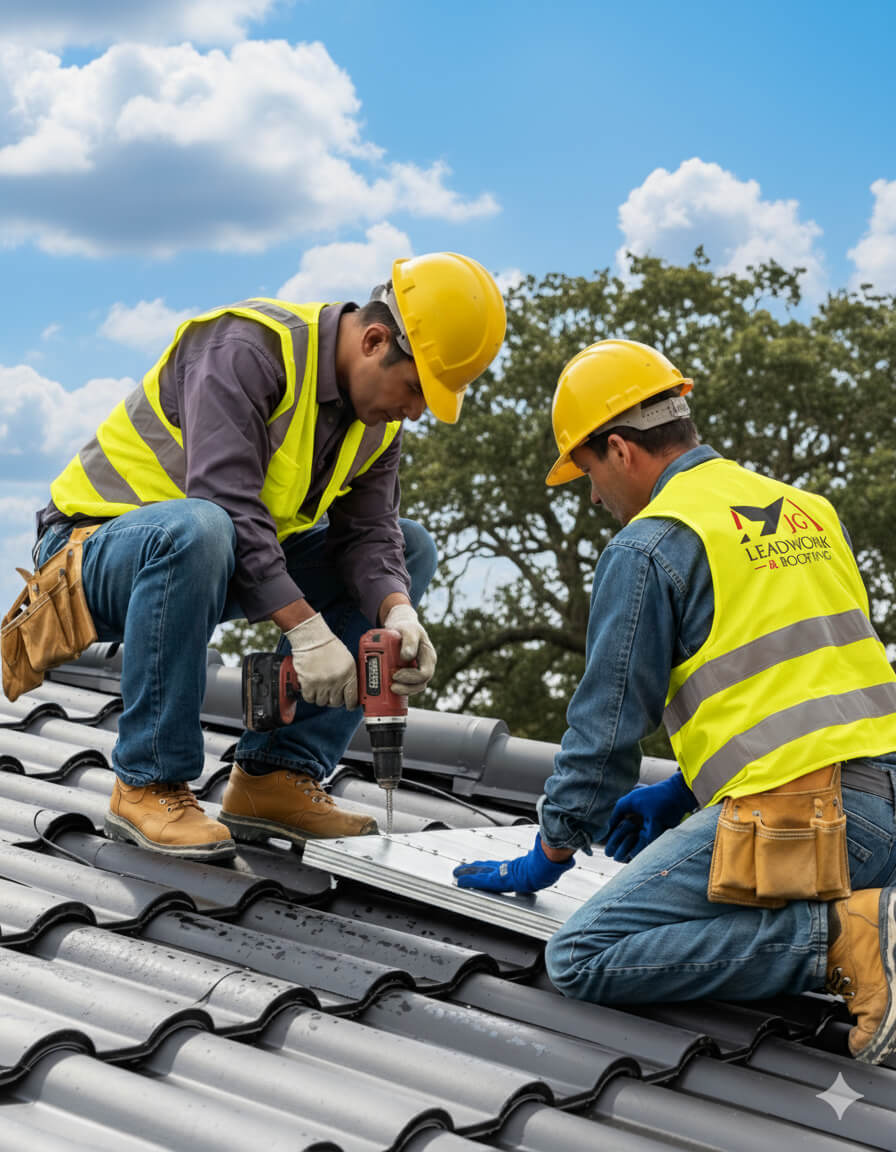
At JG Leadwork and Roofing, every project follows a structured QA process. Each stage—materials, installation, safety, and final sign-off—is measured against manufacturer specifications and UK Building Regulations to ensure durability, compliance, and warranty-backed performance across all roofing services.
Projects are only signed off once all QA checks are complete, giving clients confidence in long-term performance, structural safety, and insurance-backed peace of mind.
Every Roofing Services in Isleworth project by JG Leadwork and Roofing is delivered in strict alignment with UK Building Regulations and recognised frameworks. This ensures structural safety, energy efficiency, durability, and protects warranties and insurance coverage across residential, commercial, industrial, and heritage properties.
Clients can be confident their project is completed legally, safely, and insurance-ready—delivering long-term performance, compliance assurance, and complete peace of mind.
Property owners often wonder about Roofing Services in Isleworth—from costs and timescales to permissions. Below, you’ll find straightforward, trustworthy answers to the most frequent and practical queries.
Roof leaks after heavy rainfall are frustrating, often costly, and can threaten the structure and comfort of any building—whether you own a family home, a historic property, or manage a commercial site in Isleworth. Knowing what’s behind leaks helps prevent long-term damage, insurance disputes, and energy loss. Below is a breakdown of the most common technical root causes, the warning signs, and how each mechanism leads to property risk.
Roofs rely on layers: the external covering (such as tiles, slates, or membranes) and an underlying waterproof barrier. Heavy rain tests both. Over time, the roofing membrane (the waterproof underlayer in pitched roofs, or the main surface on flat roofs) can degrade due to UV exposure, freeze–thaw cycles (where water in small cracks expands as it freezes), and general ageing. Cracked, slipped, or missing tiles leave parts of the underlay exposed, allowing water to find paths beneath—even when the damage looks minor. In flat roofs, blisters or splits in felt or single-ply membranes often result from trapped moisture, foot traffic, or poor adhesion. The direct result: rainfall exploits these weak points, causing leaks that eventually rot battens, rafters, or roof decks.
Common symptoms: Stains on ceilings; damp patches near eaves; peeling paint; soft spots or movement underfoot on flat roofs.
Risk if ignored: Water ingress accelerates timber decay and can lead to extensive roof deck replacement or even structural failure, raising repair costs substantially.
Flashings are metal or impermeable strips formed around roof features—chimneys, valleys, abutments, or roof windows—to stop water entering at vulnerable joints. Over time, exposure to weather, movement between dissimilar materials (e.g., brick and lead), or poor installation causes flashings to become loose, corroded, or develop gaps. In terraced and semi-detached Isleworth homes, junctions and party wall flashings are especially at risk.
Water entering at flashings is often subtle at first—think small damp patches close to walls, a musty scent near the loft hatch, or discolouration where the chimney meets the ceiling. Faulty flashings funnel water behind the main waterproof layer; it can then track “invisibly” (known as capillary action) across the structure far from the entry point. Over time, this leads to plaster damage and internal damp, which not only threaten decoration but also breed mould.
How to spot it: Staining around chimneys, valleys, or abutments; cracks in lead or failed sealant; moss or debris gathering at joints.
The Isleworth climate, with periods of intense rainfall and occasional freezing conditions, places roofs under unique stress. Ponding—where water stands on a flat roof for more than 48 hours after rain—arises from poor falls (slope) or blocked outlets. Even 10 millimetres of standing water adds significant weight and starts to degrade materials, breaking down adhesives and promoting algae. Poorly ventilated roof spaces—especially where insulation is intrusive or blocked—can cause interstitial condensation (water forming inside the roof build-up due to warm air meeting cold surfaces), which mimics leaks but is the result of moisture trapped by insufficient air flow. Energy standards like Part L of UK Building Regulations now require robust insulation and good ventilation to prevent such issues.
Symptoms to watch for: Persistent damp patches after rain; visible standing water on flat roofs; condensation droplets; unexpected mould or musty smells in lofts and ceiling corners.
Modern inspection methods make finding leaks more precise without destructive trial-and-error. A visual survey begins by checking for obvious damage, loose tiles, or split edges. Moisture metres reveal hidden wet spots in timbers and plaster, even before stains are visible. Drone imaging offers a safe way to inspect hard-to-reach roofs and spot pooling or failed surfaces. Borescope cameras—small cameras inserted through tiny holes—can look into the roof cavity for water trails or signs of condensation. For flat roofs, a core sample (safely removing a small section for lab analysis) checks for trapped water or widespread membrane failure.
| Root Cause | Typical Symptom | Risk if Unchecked | Indicative Remedy |
|---|---|---|---|
| Cracked/slipped tiles | Ceiling damp, roof spots | Timber rot, insulation loss | Repair/replace coverings |
| Flashing failure | Damp near chimneys, valleys | Plaster/mould damage | Reseal or refit flashings |
| Ponding water | Blisters, visible pooling | Membrane breakdown, sagging | Improve drainage/levels |
| Poor ventilation | Condensation, mould in loft | Timber/fabric decay | Add vents, rebalance loft |
Effective diagnosis blends these inspection tools with technical understanding. Addressing the right root cause early stops superficial fixes from turning into unplanned, major repairs—protecting both your finances and your property in the long run.
When deciding between slate and tile roofing for a London property, cost isn’t just about the headline price per square metre. Several factors—including materials, labour, UK building regulations, and unique London site constraints—work together to shape the final figure. For property owners, managers, or developers, understanding these differences supports smarter budgeting, regulatory compliance, and effective long-term planning.
Both materials have their own strengths: slate is prized for heritage appeal and longevity, while tiles (generally clay or concrete) offer cost-effective, versatile options suited to a broad range of projects. This breakdown clarifies what truly drives cost differences between the two.
Material choice is usually the most visible cost driver—but the details often surprise buyers. Natural slate is quarried, hand-cut, and sorted, giving each piece a distinct look and a lifespan that can exceed a century with good maintenance. This quality comes at a cost: in London, supply and installation of slate typically start at £110–£140 per m² for standard types, rising to £200 per m² or more for rare colours or larger sizes.
Clay and concrete tiles are factory-made and mass-produced, which usually keeps their installed price between £60–£100 per m². Tiles offer a variety of colours, interlocking designs for rapid installation, and proven weather resistance, though their typical lifespan (40–60 years) is less than slate.
Key point: Slate commands a premium for its appearance and durability, while tiles deliver lower upfront costs and flexible design choices.
Installation is a major cost driver, especially for slate. Slate roofs require experienced slaters, skilled in hand-nailing, cutting, and precise positioning according to BS 5534 (the UK standard for roof coverings). For instance, slates must be secured with double fixings and meet strict standards on overlap and batten spacing, often demanding extra care for conservation or listed buildings.
Tiles, especially modern interlocking types, are faster and easier to lay, reducing the need for niche skills and bringing down total labour hours. In London, the scarcity of skilled slaters and the complexity of heritage projects can mean labour on slate accounts for 40–50% of the bill, versus 30–40% for tile jobs.
Roofing in the UK must comply with several regulations that influence both costs and decision-making:
The unique setting of a London build often changes the cost equation:
Local borough rules can dictate material type and details—sometimes overriding choices driven purely by cost or taste.
To help weigh options, here’s a cost and compliance snapshot:
| Factor | Typical Slate Roof | Typical Clay/Concrete Tile Roof | Why It Matters |
|---|---|---|---|
| Material per m² | £60–£85 | £25–£40 | Slate lasts longer, but tiles cost less up front |
| Installation per m² | £50–£70 | £35–£60 | Specialist slaters are pricier than tile-fitters |
| Lifespan (years) | 80–120 | 40–60 | Slate offers longer ROI if maintained |
| Regulatory hurdles | Heritage consent common | Standard regs apply | Slate often required for listed/conservation sites |
| Waste disposal cost | Moderate–High | Low–Moderate | Slates require careful removal, sometimes reuse |
Decision method: Weigh upfront costs versus long-term value, local planning rules, property character, and site access. For listed or high-value properties, spending more on slate may pay off in longevity and resale, while for most homes, a quality tile roof meets regulations, lowers initial spend, and delivers reliable service life.
Roof installation timelines in the UK can vary widely, but most residential pitched roofs are replaced or installed within three to seven working days, while extensive flat roofing, complex commercial works, or heritage restoration projects may take longer. The duration hinges on weather, roof size, material choice, access, and any structural repairs required. Understanding the process upfront helps homeowners, landlords, and property managers accurately budget for costs, prepare for temporary disruption, and safeguard property integrity during planned works.
For property owners in Isleworth, knowing realistic timescales also allows you to coordinate with tenants, plan building access, and manage expectations around noise, scaffolding, or temporary weather exposure. Heritage custodians must also account for survey and consent stages, which can add lead time. Delays often result from surprise structural findings, poor weather, or the need for special materials—factors that make clear communication with roofing contractors and advance planning essential.
A standard roof replacement (tiles or slates) on a semi-detached or terrace house usually takes 3–5 days if no major structural repairs are needed. Flat roof installations, using materials like torch-on felt, EPDM, or GRP, tend to range from 2–4 days for small extensions to 5+ days for larger or multi-level overlays. Heritage roof work, such as traditional slate or lead systems, may extend to several weeks due to the need for specialist skills and materials.
The process typically follows these key stages:
Project complexity or interruptions (such as heavy rain or supply delays) can increase these figures.
Several property or environmental factors can lengthen or shorten roof installation timelines:
Planning projects between late spring and early autumn can mitigate these weather disruptions.
After the roof is installed, a proactive maintenance regime is key to protecting your investment. For most roofs:
Routine attention—not just after visible leaks—helps identify small problems before they develop into expensive failures and ensures many warranties remain valid.
| Material | Typical Lifespan | Inspection Frequency | Key Maintenance Actions |
|---|---|---|---|
| Slate | 80–100 years | Every 5 years | Replace slipped or broken slates |
| Clay Tile | 50–70 years | Every 3 years | Check for frost damage, re-bed ridges |
| Concrete Tile | 40–60 years | Every 3 years | Inspect for cracks, moss removal |
| Felt (Torch-On) | 10–20 years | Every 2 years | Maintain lap seals, patch local splits |
| GRP (Fibreglass) | 25–40 years | Every 3 years | Inspect trims/joints, clean grit up |
| EPDM | 25–40 years | Every 3 years | Check flashings, reseal as needed |
| Liquid Applied | 25–40 years | Every 3 years | Recoat high-wear areas, joints |
Exposed roofs, those under trees, or in areas prone to strong weather benefit from even more frequent checks. The freeze–thaw cycle—repeated freezing and thawing—and thermal expansion joints (purposeful gaps for material movement) are critical considerations for UK maintenance, reducing the risk of cracking, blistering, or tile shifts over time.
The real cost of roofing in Isleworth isn’t just about the price on your quote—it’s about long-term value, trust, and how well your investment is protected. Property owners and managers face decisions where a misstep can invite escalating repair bills, insurance difficulties, or repeated disruption. Knowing what drives roof repair or installation costs, what kinds of warranties truly safeguard you, and how to identify a trustworthy installer helps you avoid silent financial risks and future headaches.
Not all roofing jobs are created equal—costs vary widely depending on what needs fixing or replacing. Key factors include:
| Service Type | Typical Range (UK) | Key Influences |
|---|---|---|
| Roof Repair | £250 – £1,200 | Damage type, access, materials |
| Roof Replacement | £5,000 – £15,000+ | Size, structure, insulation, finish |
Quick “patch” jobs may appear cost-effective but usually lack guarantees and, in many cases, do not solve underlying problems. Quality work with qualified tradespeople may seem pricier, but it preserves the roof’s lifespan and long-term property value, often saving thousands in future remedial costs.
A robust insurance-backed warranty denotes that your roof is not only warrantied by the contractor but also underwritten by an independent insurer. This can cover you for 10–20 years, spanning both materials and workmanship failures—including if the installer ceases trading. Key coverage areas:
Such warranties help to satisfy Part L compliance for UK resale, ensuring your improvement retains value and can be certified if you remortgage, sell, or need to make an insurance claim in the future.
Roofing is not regulated by UK law, so the responsibility for selecting an accredited installer is yours. Professional credentials matter because:
A properly trained professional reduces the chances of hidden defects and provides reliable documentation—critical for future property transactions and insurance claims.
Cutting corners on a roof is nearly always a false economy. Common risky shortcuts include:
These mistakes compromise structural integrity, fuel long-term damp or rot, and may leave you uninsured if a claim arises. Insurers routinely reject claims for water damage when improper works or non-compliance with standards like Part L are at fault. Initial “bargain” fixes routinely lead to more disruptive and expensive work in future.